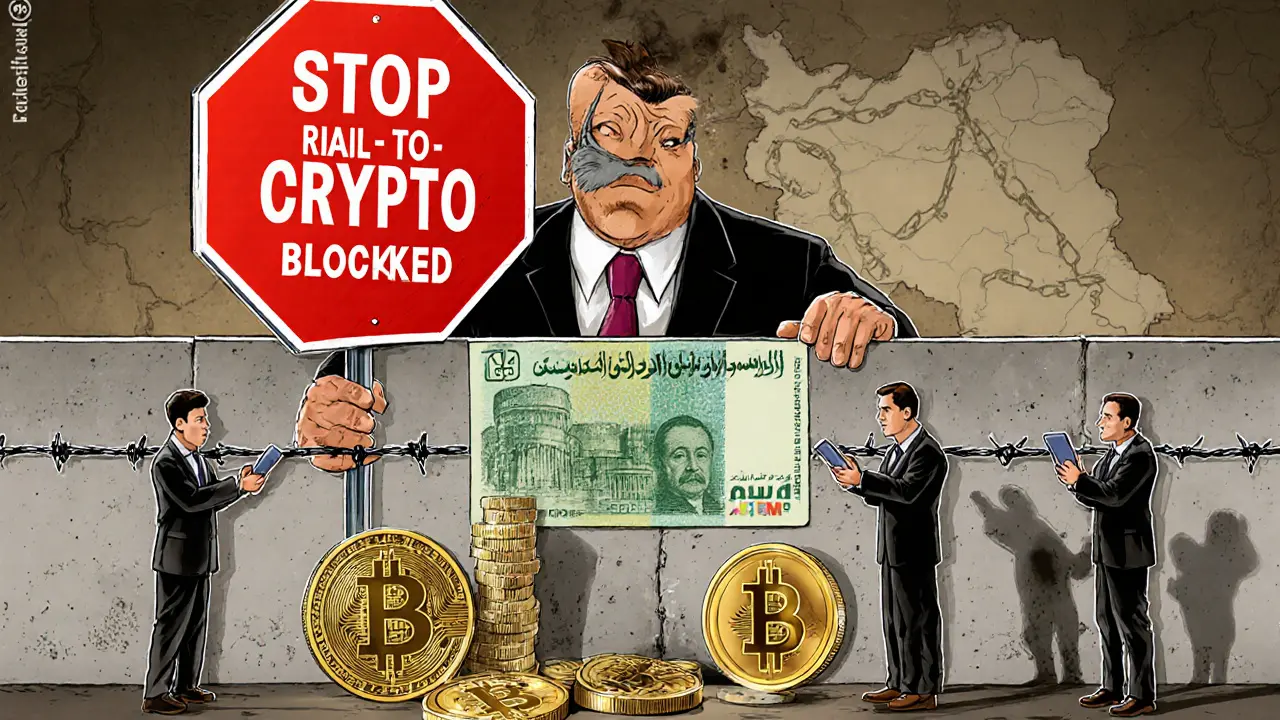Iranian rial cryptocurrency: What it is and why it matters
When talking about Iranian rial cryptocurrency, a digital asset either pegged to the Iranian rial (IRR) or built on Iran‑based blockchain projects, you’re looking at a niche that blends local fiat dynamics with the global crypto landscape. Also known as IRR‑based crypto, it serves investors seeking exposure to Iran’s economy while navigating strict financial regulations.
Another key piece of the puzzle is Iranian crypto exchanges, platforms such as Nobitex and Exir that enable buying, selling, and swapping IRR‑linked tokens. They are the primary gateways for traders, but their operations are tightly bound by international sanctions, U.S. and EU measures that restrict cross‑border fund flows and freeze certain stablecoins. The sanctions influence which stablecoins can be used, often limiting access to Tether (USDT) and forcing users toward locally approved assets.
Key considerations for anyone eyeing the market
The ecosystem also involves stablecoins, cryptocurrencies designed to hold a stable value, typically tied to a fiat currency like the US dollar but sometimes pegged to the rial. In Iran, stablecoin caps are enforced to prevent large‑scale capital flight, meaning traders may face daily limits on USDT deposits or withdrawals. Understanding these caps is crucial before moving any sizeable amount.
Lastly, the platform Nobitex, the largest Iranian exchange, has been at the center of security debates after high‑profile hacks and temporary freezes on certain tokens. Its reputation affects overall market confidence, so keeping tabs on its security updates and regulatory status can save you from unexpected losses.
These entities interconnect: the Iranian rial cryptocurrency relies on local exchanges, which are shaped by sanctions, stablecoin policies, and the operational health of platforms like Nobitex. Together they create a distinct risk‑reward profile that differs from mainstream crypto markets.
Below you’ll find a curated set of articles that break down each component – from airdrop opportunities tied to IRR tokens, to deep dives on exchange safety, and analyses of how sanctions reshape trading strategies. Dive in to get the practical insights you need before you step into the Iranian crypto space.
Iran’s Rial Crypto Trading Restrictions: What You Need to Know in 2025
Learn how Iran's 2024‑2025 crypto rules curb rial-to-crypto payments, impose stablecoin caps, tax trading, and launch a digital rial pilot.





